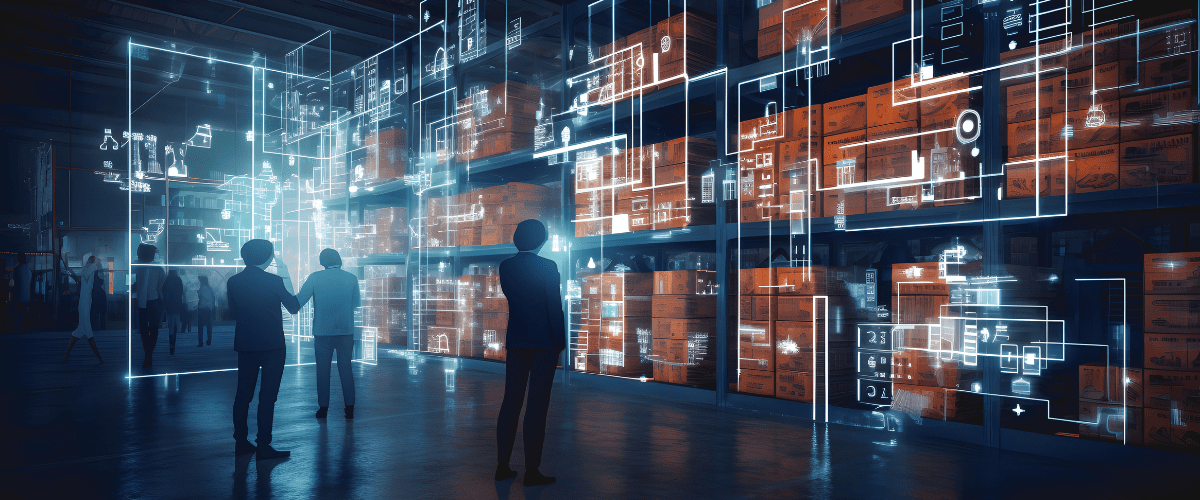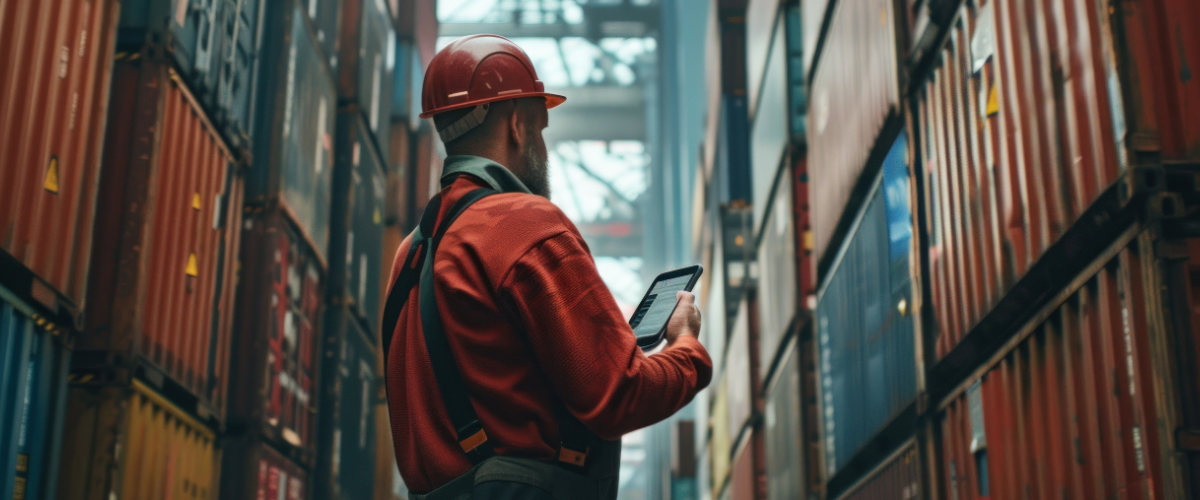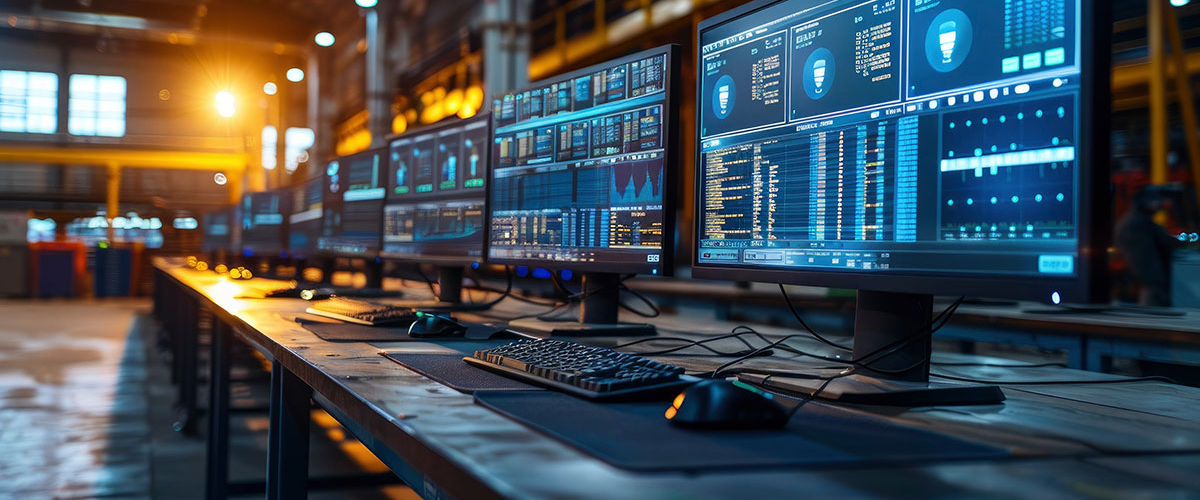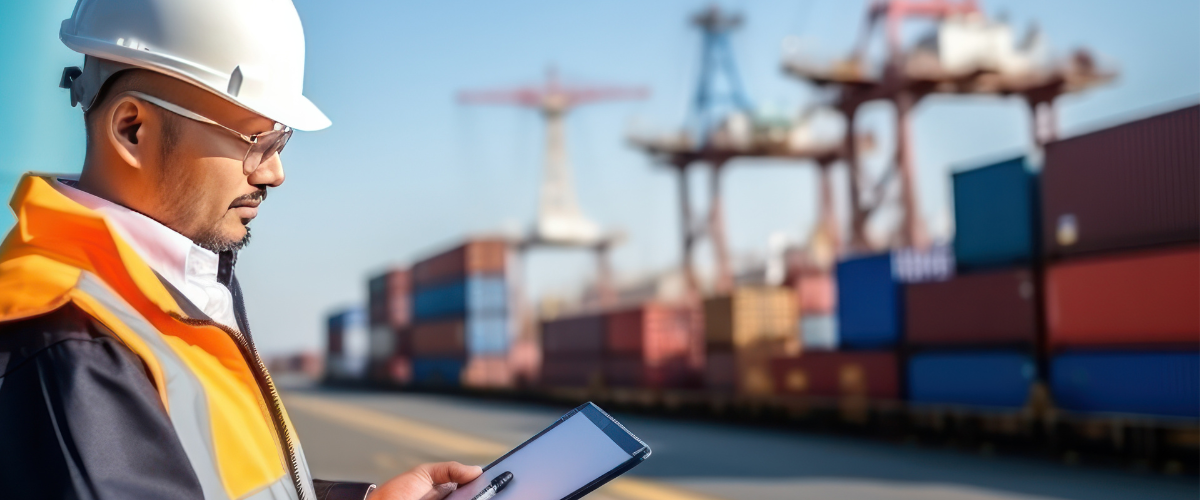Over the past two decades, international trade has experienced consistent growth, driven by a range of factors including the outsourcing of production, rising levels of prosperity, and the deepening trade connections between nations.
This expansion has been facilitated by the establishment of faster and more dependable transport links between countries and regions, resulting in the development of globally interconnected supply chains that facilitate the smooth movement of goods.
According to estimates from UNCTAD, global trade in goods and services reached a record $32 trillion in 2022, marking a 12% increase from the 2021 trade value of $28.5 trillion. The year-on-year growth rates for 2021 and 2020 were recorded at 25% and 13%, respectively, reflecting the rapid pace at which global trade has expanded.
In 2022, goods and merchandise constituted the majority of international trade, valued at $25 trillion, with a year-on-year increase of 10%. The robust growth rates, despite challenges such as the Russia-Ukraine conflict and geopolitical tensions among major economies, underscore the resilience of global trade.
In a somewhat unexpected development, the demand for products surged during the pandemic. Economic stimulus packages implemented by governments ensured that income levels remained stable, and lockdowns led to a shift in consumption patterns from services to products.
As the lingering effects of the pandemic dissipate and travel restrictions are lifted, there is a likelihood of a return to the historical balance between expenditure on goods and services. This shift may moderate the demand for goods and products, a trend expected to persist through much of 2023. However, in the long term, there is an anticipation of increased demand.
The Growing Significance and Expanded Role of Customs
Every instance of cross-border movement involving goods and products is subject to Customs scrutiny and inspections within each respective country.
Customs inspections and procedures are designed to limit the entry of contraband or illicit goods and to regulate the flow of restricted commodities. Moreover, the role of Customs officials has heightened due to the necessity of controlling the influx of commodities that could potentially harm domestic producers, necessitating the imposition of anti-dumping duties or additional tariffs.
In the context of escalating trade conflicts and the imposition of sanctions on an increasing array of commodities, the Customs Department assumes a progressively crucial role in safeguarding the commercial interests of the importing country.
Another contributing factor is the phenomenon of economic cooperation, manifested through the signing of Free Trade Agreements (FTAs), bilateral agreements, and the establishment of regional trading blocs. These initiatives confer special advantages to member countries, such as preferential tariffs, streamlined procedures, and priority access to export markets. To ensure that only eligible commodities, entities, and countries benefit from these advantages, Customs must diligently scrutinize the origin of the cargo and the background of the transacting parties.
Achieving these objectives demands substantial due diligence, involving meticulous physical and documentary examinations. This is achieved through the implementation of appropriate processes and comprehensive documentation requirements to verify the nature, composition, and origin of the commodities and to confirm the applicability of the correct tariffs.
Consequently, exporters, importers, and forwarders are compelled to stay informed about the latest procedural and documentary requirements, ensuring strict adherence and compliance. This necessitates considerable manual efforts and a significant investment of time and resources, thereby contributing to the intricacy of the transportation process.
Obstacles in the Customs Clearance and Documentation Procedure
Some of the common challenges in the customs clearance and documentation process are explained below:
1. Labor-intensive and time-consuming:
Given the number of documents required for customs clearance and the fact that the information is provided by various entities, the task of compiling all documents and verifying their accuracy and adherence to the appropriate format is extremely labor-intensive. Besides the manual labor involved, it also requires a lot of time.
2. Multiple formats, lack of standardization of contents, and diverse sources:
Documents are in different formats, ranging from Excel spreadsheets to Word documents to pdf files to plain emails. The information is neither standardized nor in the prescribed format. Given that the sources are multiple, there are added difficulties in obtaining documents on time.
3. Higher probability of errors:
Due to the variety of formats and disparate sources and formats, collating information and filing information is an arduous task, with a very high probability of error. Considering these requirements are statutory, any inadvertent errors can attract stiff penalties.
4. Delays in receiving documents
Waiting for documents diminishes the time available for customs authorities to analyze and assess risks in documents. Obtaining information earlier not only enhances the identification of potentially risky shipments but also facilitates accurate duty and tax analytics.
Consequences of Non-compliance with Customs Requirements
Apart from the consequences arising from the violation of legal provisions, incomplete or inaccurate documentation or other mistakes in following processes can result in detention and demurrage charges should the cargo be inordinately delayed and exceed the free time permitted.
For the importers, there are also potential revenue losses and missed sales to contend with.
In the case of perishable commodities, delays in customs could impact the shelf life of the product, which in turn will affect its value.
How Generative AI Can Assist in the Customs Clearance Process
The application of generative AI tools is proving to be a game-changer when it comes to customs clearance. Entities whose business or work involves customs clearance have to expend considerable resources to ensure adherence to all mandatory requirements, failing which they are exposed to the risk of penalties.
With advances in AI and the introduction of sophisticated Logitech solutions, the customs clearance and documentation process is streamlined to a great extent.
Functionalities like data ingestion automate the process of collating information from disparate sources, files, and formats and thereafter compile the data in the stipulated format. This reduces the manual and laborious element of the customs documentation process and eliminates the possibility of human errors.
The more advanced Logitech solutions infuse AI and ML to vastly enhance the utility of their software. Besides using real-life data, they also generate synthetic data, so the software has more data points to process while performing analysis. This, in turn, helps the predictive modeling functionality by improving the quality of predictions made.
Functionalities and benefits of KlearNow’s AI-powered platform
In the past few years, KlearNow has emerged as one of the prominent players in this industry, with its technological solutions being adopted by an increasing number of companies.
KlearNow’s software offers functionalities addressing the most common problems faced by the industry, such as:
1. Automating the Customs documentation process workflows
2. Ensuring complete and accurate documentation is gathered within correct timeframes
3. Pre-alerts in case of upcoming transportation milestones, which assists in advance planning
4. Real-time visibility to ensure timely action in case of contingencies
5. Highlighting possible issues with the shipment and in customs clearance, which enables users to avoid commonly occurring mistakes
Conclusion
Customs clearance has always been one of the more challenging aspects of international transport, and regardless of the amount of caution exercised by companies, the intensely manual process means that the possibility of errors was never completely ruled out.
In recent years, however, using technological solutions such as the ones provided by KlearNow, importers and forwarders can automate the customs clearance process, pre-empt possible issues, and leverage predictive modeling techniques.
This will ease overall planning and make the customer’s supply chain more robust and reliable, thereby reducing costs and enabling goods to reach the market faster.
For more information on how KlearNow can help your business, please click here.




